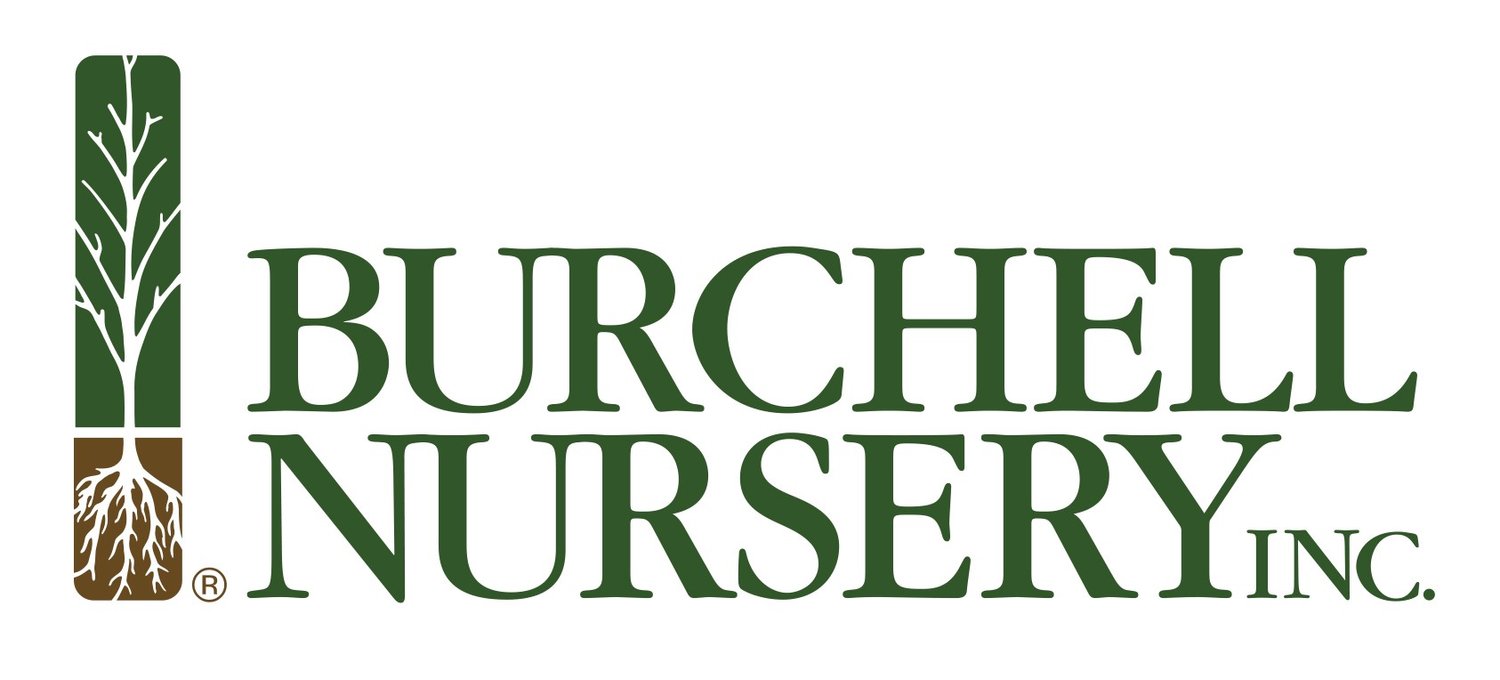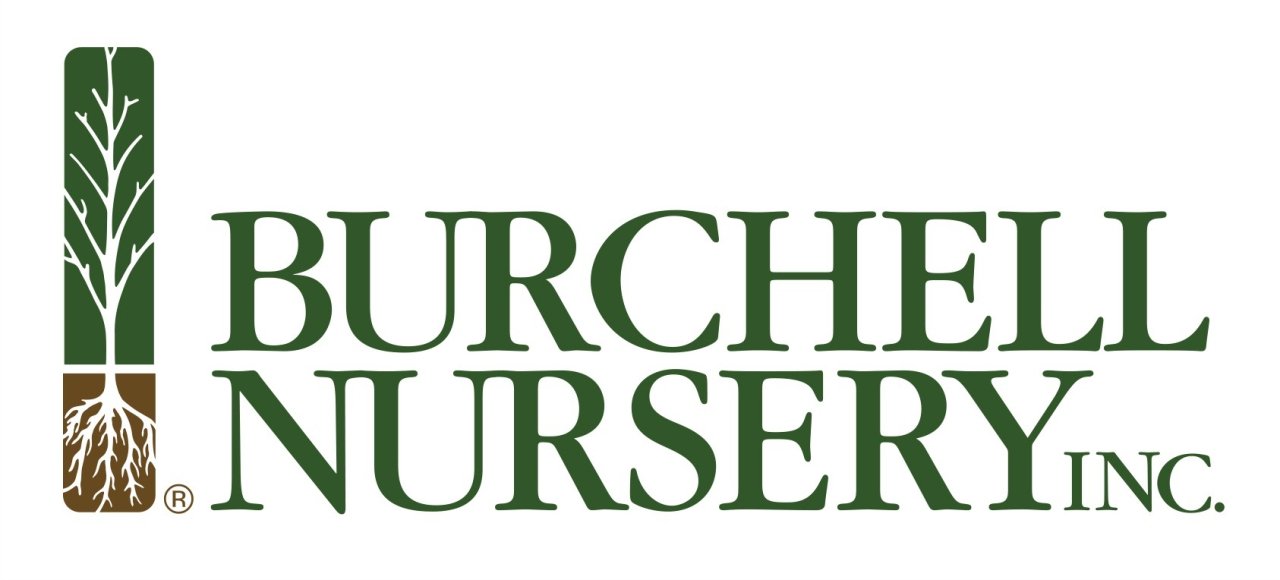Walnut Trees
At the Burchell Nursery, we have a way with walnuts. We like to think it’s a very innovative way. We strive to provide a range of different rootstocks, including self-rooted clonal varieties and Paradox rootstocks. Growers now have a choice of walnut rootstocks to best suit their field conditions.
We know that your orchard is a big investment. Burchell’s innovative rootstocks for walnuts can make the cost of establishing an orchard more affordable and more resistant to known diseases for a healthier, more productive, longer-lasting orchard. No other California operation gives growers so many options for strong, vigorous and productive walnut trees.
Walnut Tree Rootstocks
We offer you a choice of leading varieties of walnut trees on these rootstocks.
Northern California Black, Paradox Hybrid, Vlach, VX211 (PP#21,179)*, RX1 (PP#20,649)*, Grizzly
* Sold under license from the Regents of the University of California. Propagation without a written license is prohibited.
Burchell Nursery provides its customers with the utmost planting flexibility by offering most varieties as Ready Start® Potted Trees. Please consult with your field reps for Healthy Start Trees’ current availability and pricing.
Walnut Varieties
-
Chandler
Harvests late. Introduced in 1979 by University of California. Highly fruitful. Leafing date is 18 days after Payne. Nut is large with very high quality. Good shell seal. Excellent kernel color at 90% light. Tree is medium in size and semi-upright. Possible pollinators are Scharsch Franquette or Cisco. Chandler has proven to be a highly productive variety with superior nut quality. Lateral and bud fruitfulness is 80% to 90%.
-
Cisco
Leafs extremely late, 31 days after Payne. Nut large with good shell kernel color 60% light. Used primarily as a pollinators for late blooming varieties. Harvest with Chandler.
-
Durham
(PPAF), Harvest about 10 days earlier than Chandler. Leafing date is late, making it better for blight avoidance, especially good for the Sacramento Valley area. Durham has a plump, light-colored kernel and a smooth, attractive shell.
-
Eureka
Harvest early to mid. Leafing date is approximately 4 to 5 days after Payne. Nut is medium size, elongated, with good shell seal. Tree is very large with somewhat spreading growth habit. Eureka is no longer planted in many commercial applications.
-
Forde
(PP#16,495), Introduced in 2004 by University of California. Forde has high yields on young trees and a harvest date that averages 5 days before Chandler. Forde leafs out about 5 days before Chandler and is 100% laterally fruitful. Potential pollinators are Vina and Sexton. Nut is oval to round and has a good seal. The large kernels are light and extra light and make up about 54% of the total nut weight.
-
Fredrick
BNI Exclusive
(PP#14,236), Introduced in 2004 by Burchell Nursery. An early blooming variety with spreading growth habit. The nuts are tightly sealed with an excellent crack-out ratio. The harvest time is early, just before Serr. Appears to have low blight potential and consistent production. Burchell Nursery is still gathering information on this new variety. -
Hartley
Harvests mid to late. Consistent producer with high quality meats. Leafing date is 16 days after Payne. Less susceptible to codling moth and blight. Nut is large. Shell well-sealed. Tree is medium to large and moderately spreading. Scharsch Franquette works well as a pollinator.
-
Howard
Harvests mid-season. From 80% to 90% lateral bud fruitfulness. Leafing date is 15 days after Payne making it less prone to blight. Nut is large with good seal. Tree is small to medium and semi-upright. Pollinators are Scharsch Franquette or Cisco. Developed by the University of California, it is an excellent producer. Howard’s large, superb kernels have exceptional color at 90% light. Moderately vigorous tree and is suitable for hedgerow plantings.
-
Ivanhoe
(PP#21,718), Ivanhoe produces light-colored kernels and high yields with a harvest date similar to Payne or Serr and about a month earlier than Chandler. It is precocious with 100% laterally fruitful. It leafs out with Payne or Serr but due to the reversed female and male bloom order, Ivanhoe female bloom is a week earlier. Either of those cultivars would be a suitable pollinizer. Ivanhoe nuts are oval with a smooth thin shell containing easily removed 7.7g kernels which comprise 57% of the nut weight. The tree is only moderately vigorous and is not resistant to blight. Ivanhoe is named after a town near an early field trial. Ivanhoe’s parents are 67–13 for quality and Chico for yield. The cross was made in 1995.
-
Payne
Harvests early. High yield potential. Nut is small to medium with good shell seal. Tree is moderate size. Can use Tehama as a pollinator.
-
Robert Livermore
(PP#12,264), Introduced in 1999 by University of California. The Robert Livermore is a walnut variety produced from a cross of Howard and Juglans purpurea making it the first patented red-kernel walnut. Its leafing date is close to Chandler, occurring around mid-April. The harvest date of Robert Livermore is around the first week of October. It has a lateral fruiting habit with a medium to high yield. Nut is medium to small and round with a good shell seal. Robert Livermore is a one-of-a-kind nut with appeal for specialty markets.
-
Scharsch Franquette
Harvests late. A long time pollinator for mid to late blooming varieties. Leafing date is 31 days after Payne. Less susceptible to frost than other varieties. Nut is small with good shell seal. Tree is large and upright.
-
Serr
Harvests early to mid. Leafs approximately one day before Payne. Moderate production. Nut is large with fair shell seal and a high quality kernel. Tree is large and moderately spreading. Extremely vigorous. Suitable pollinators: Chico and Tehama.
-
Sexton
(PP#16,496), Developed in 2004 by University of California. Sexton has high yeilds on young trees and a harvest date around a week before Chandler. It is 100% fruitful on laterals with abundant male and female flowers. Potential pollinatorsare Howard, Tulare and Chandler. The Nut is round with a good shell seal.
-
Solano
(PP#25,466), A new university of California introduction. This variety harvests early to mid season with light colored kernerls, high yield, large nuts and solid attractive shells. Solano has leafing, flowering, and harvest dates that are very similar to Vina, but has better kernel color and tree structure. Due to its male-first blooming habit and later leafing date, it should be less susceptible to blight and of particular interest to growners in the Sacramento Valley. Pollinators include Tulare, Chandler and Howard.
-
Tulare
Introduced by University of California. Harvests mid to late. Leafs approximately 12 days after Payne. Blooms late. Displays high production potential. Nut is large and well sealed. Kernel crack-out is approximately 53% with kernel color at 85% light. Tree is upright with moderate vigor. Potential hedgerow variety. Tulare’s pollen shedding appears to overlap a large percentage of the female bloom. 72% of its lateral buds are fruitful.
-
Vina
Harvests early to mid. Productivity is high to very high with 80% to 90% fruitful lateral buds. Leafing date is seven days after Payne. Nut is medium with good shell seal. Tree is vigorous with size rated at small to medium. Possible pollinators include Chico, Tehama, Howard and Chandler.



